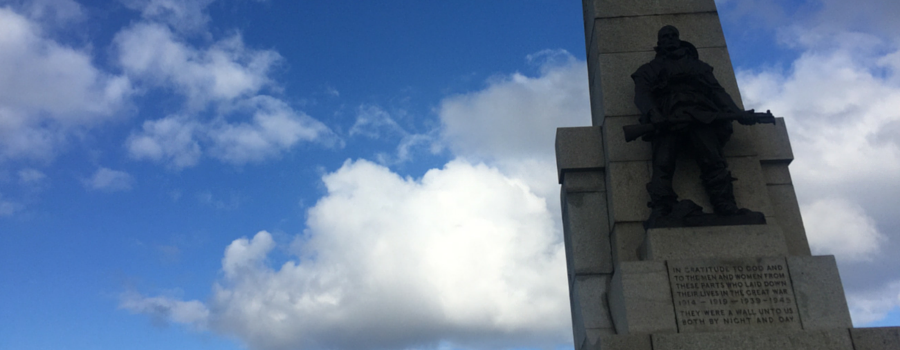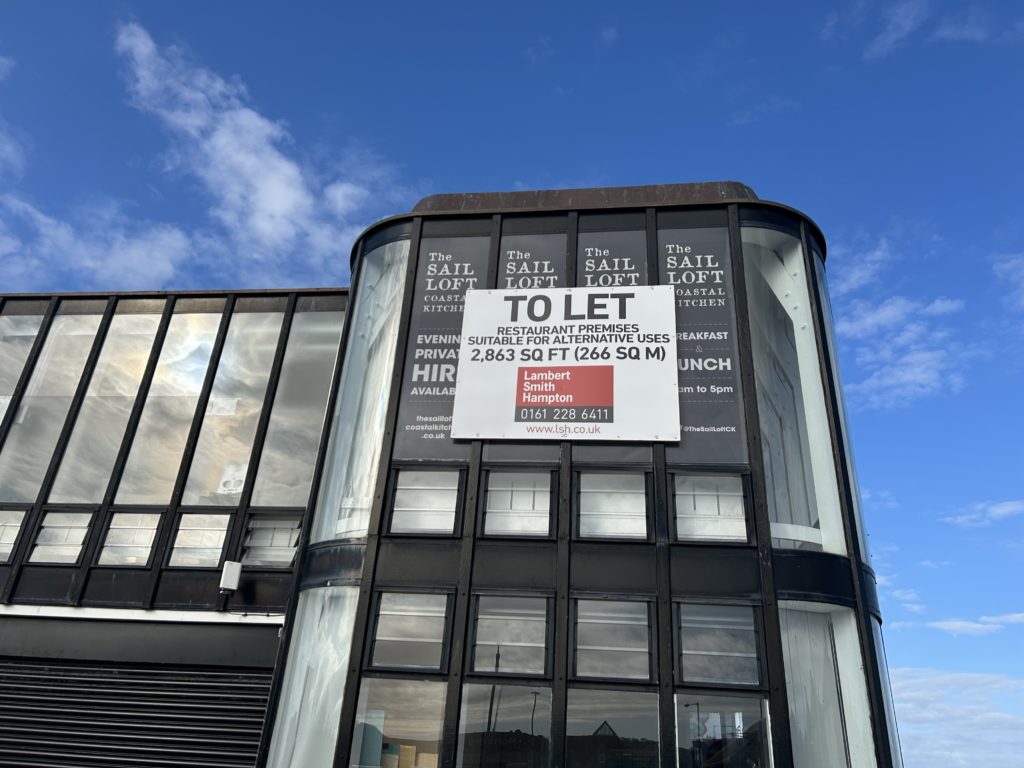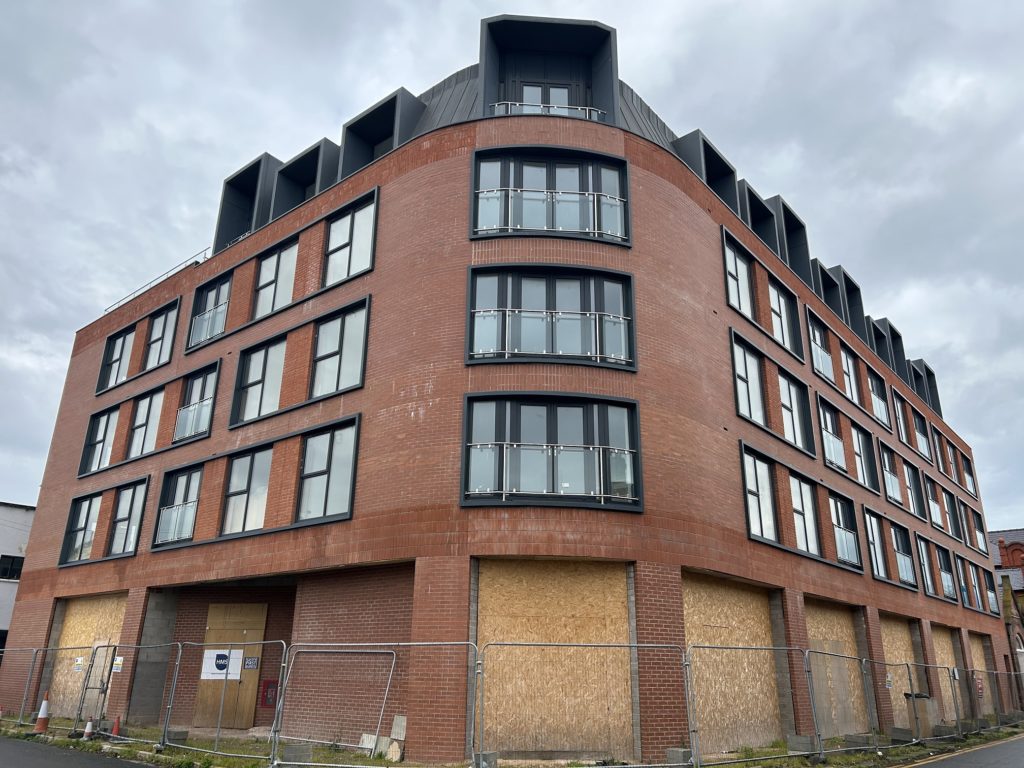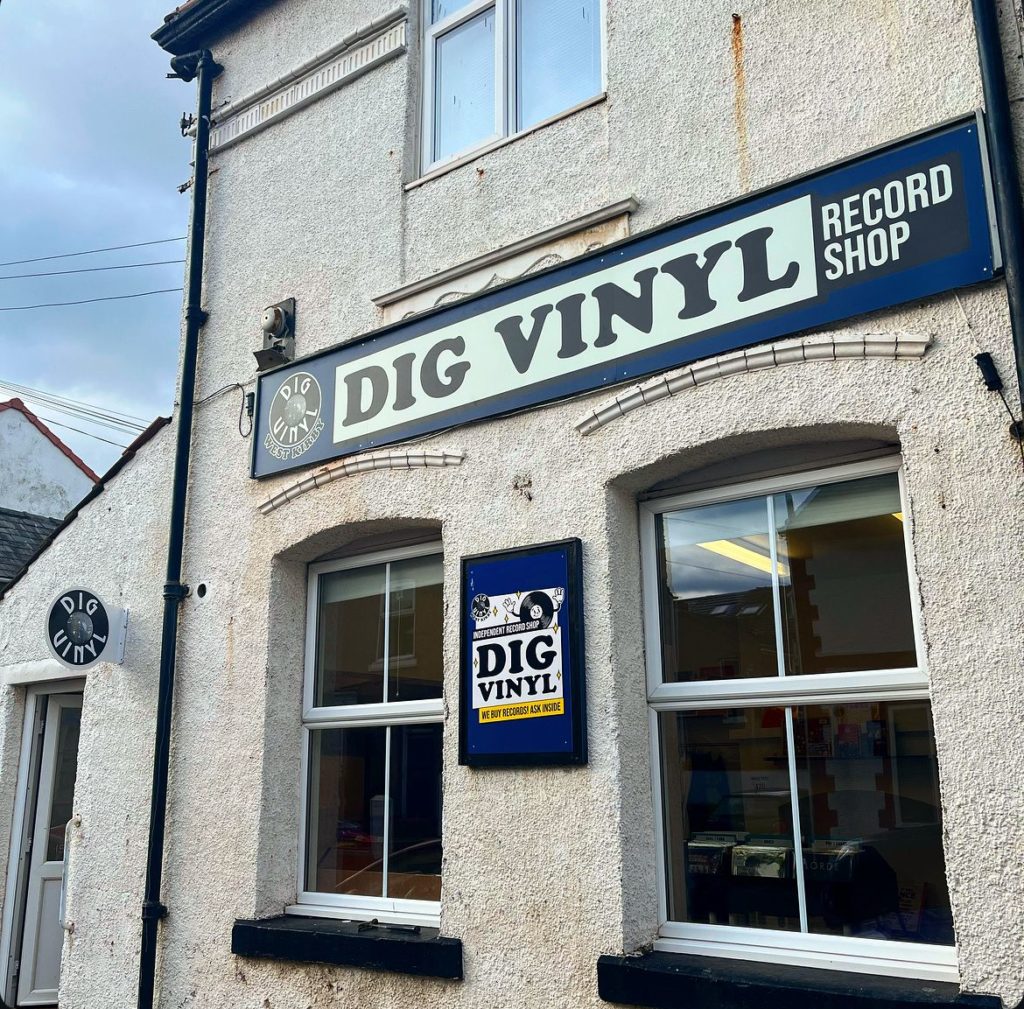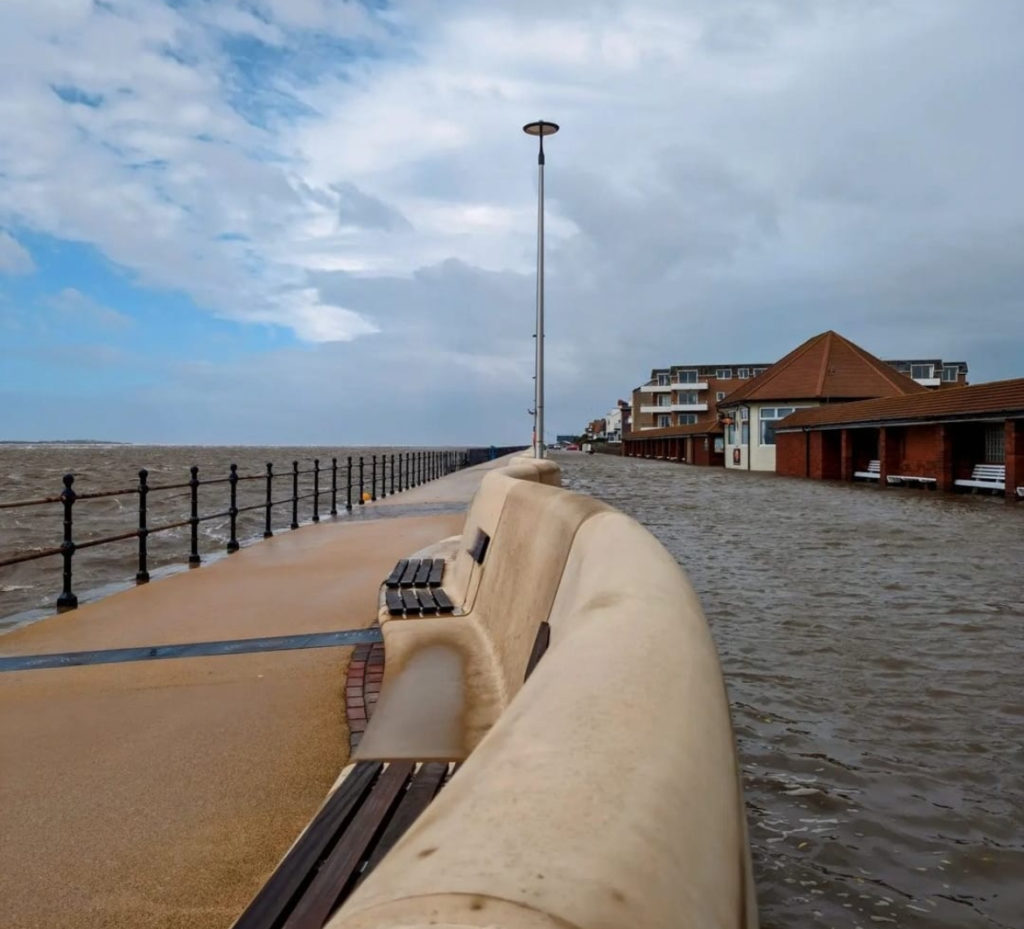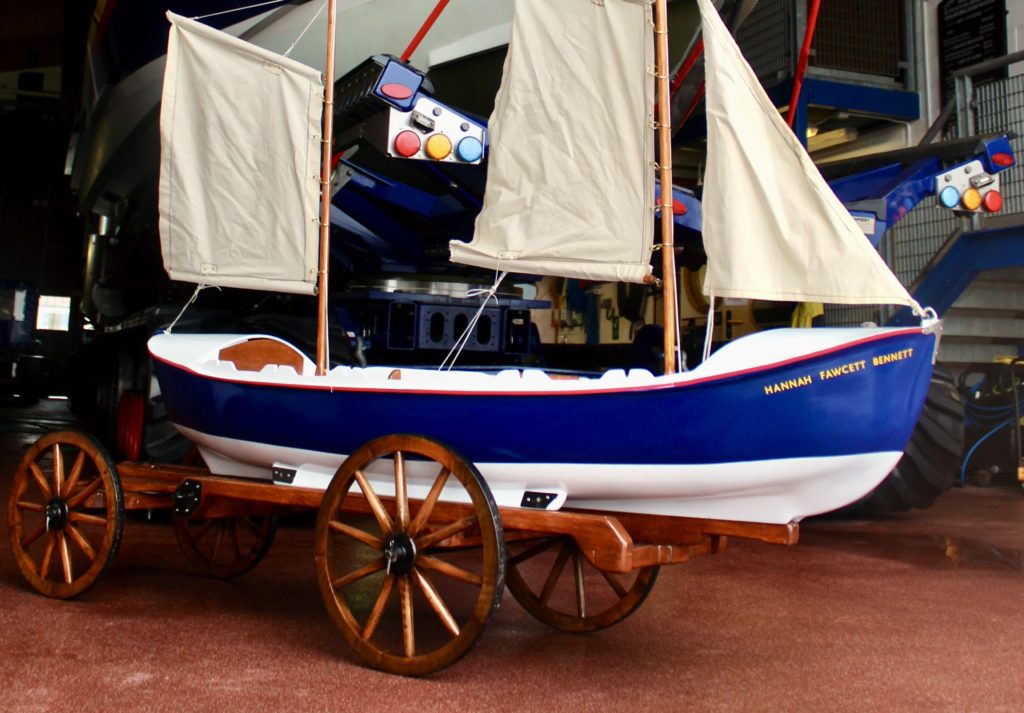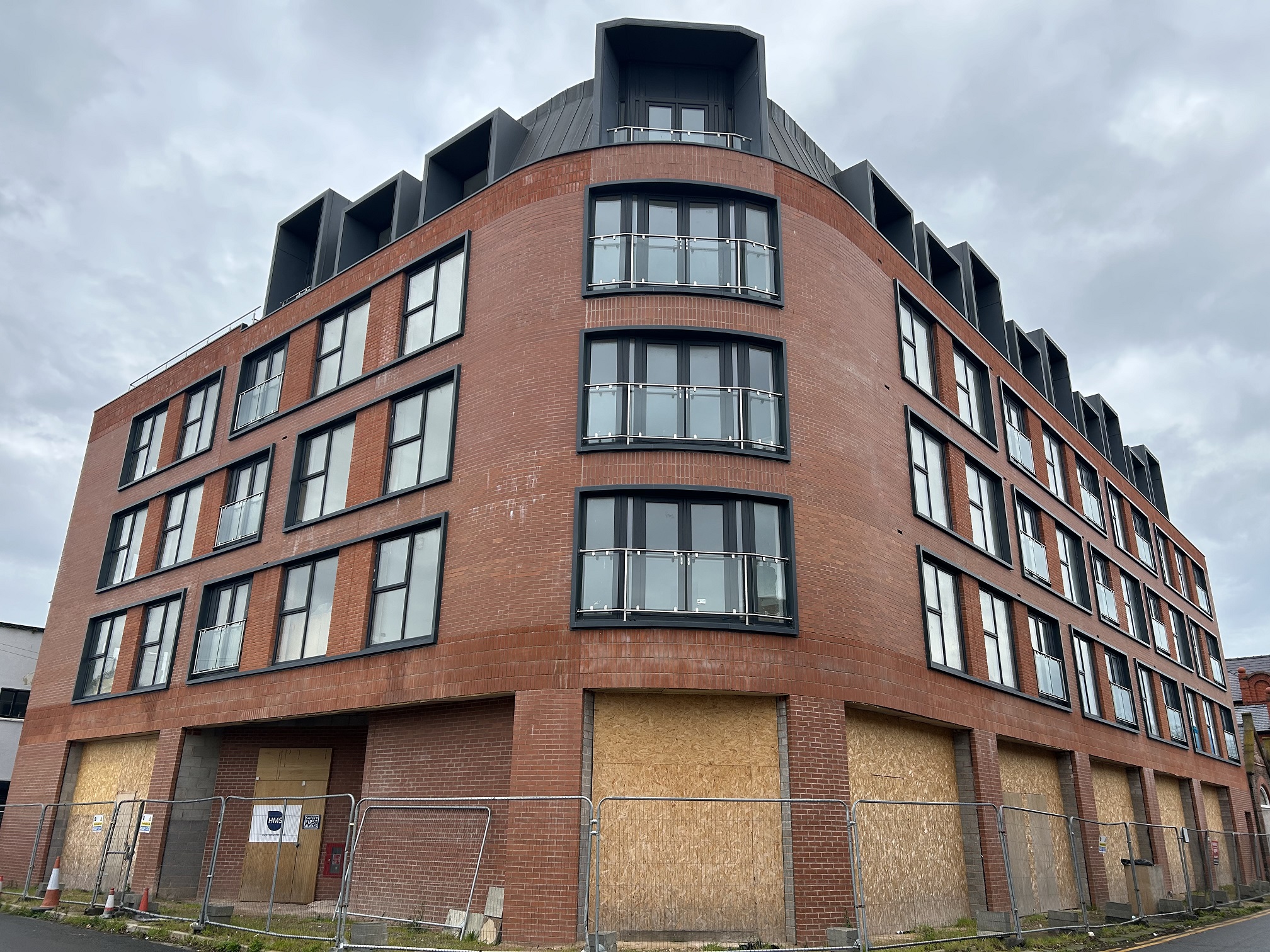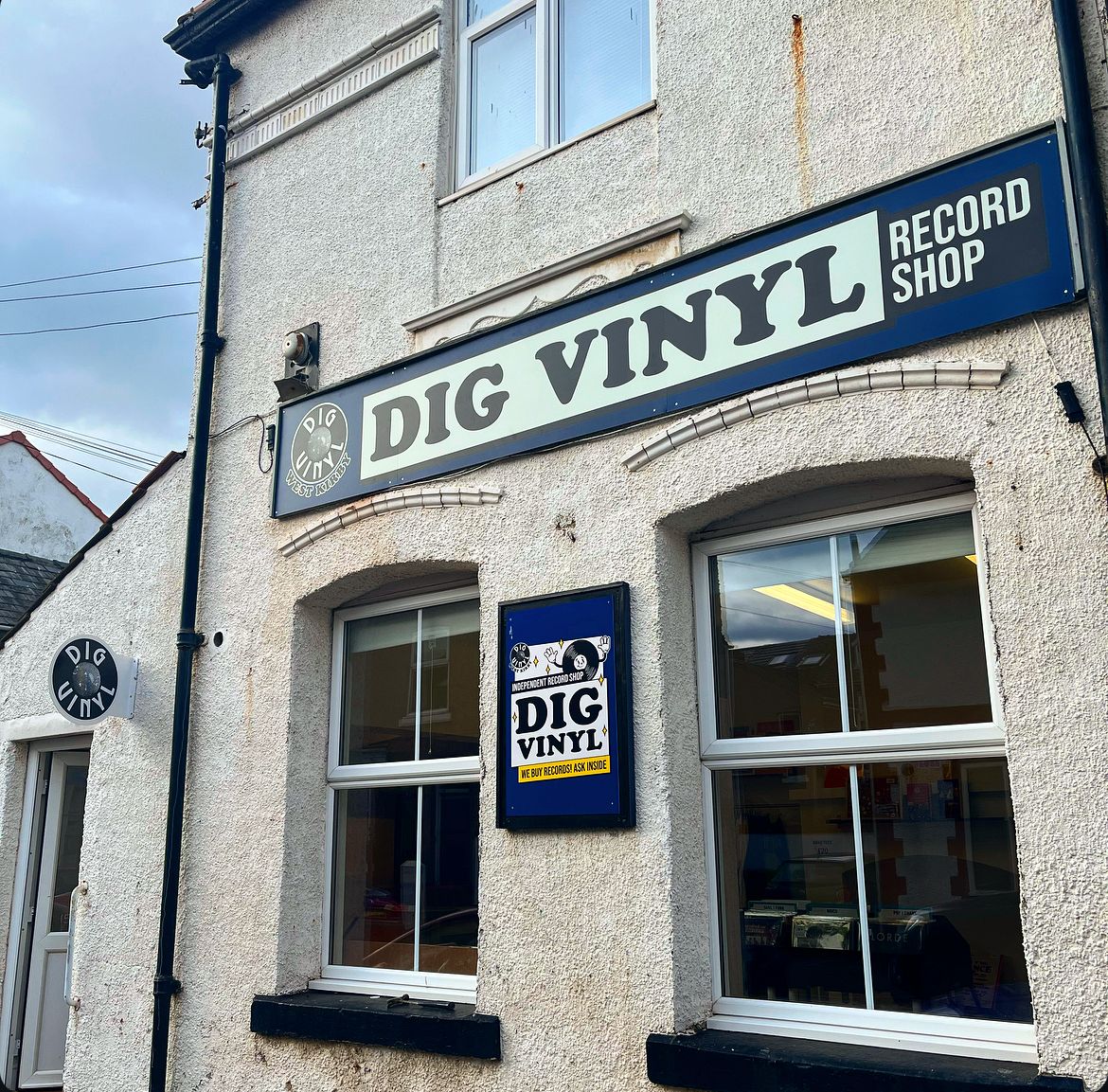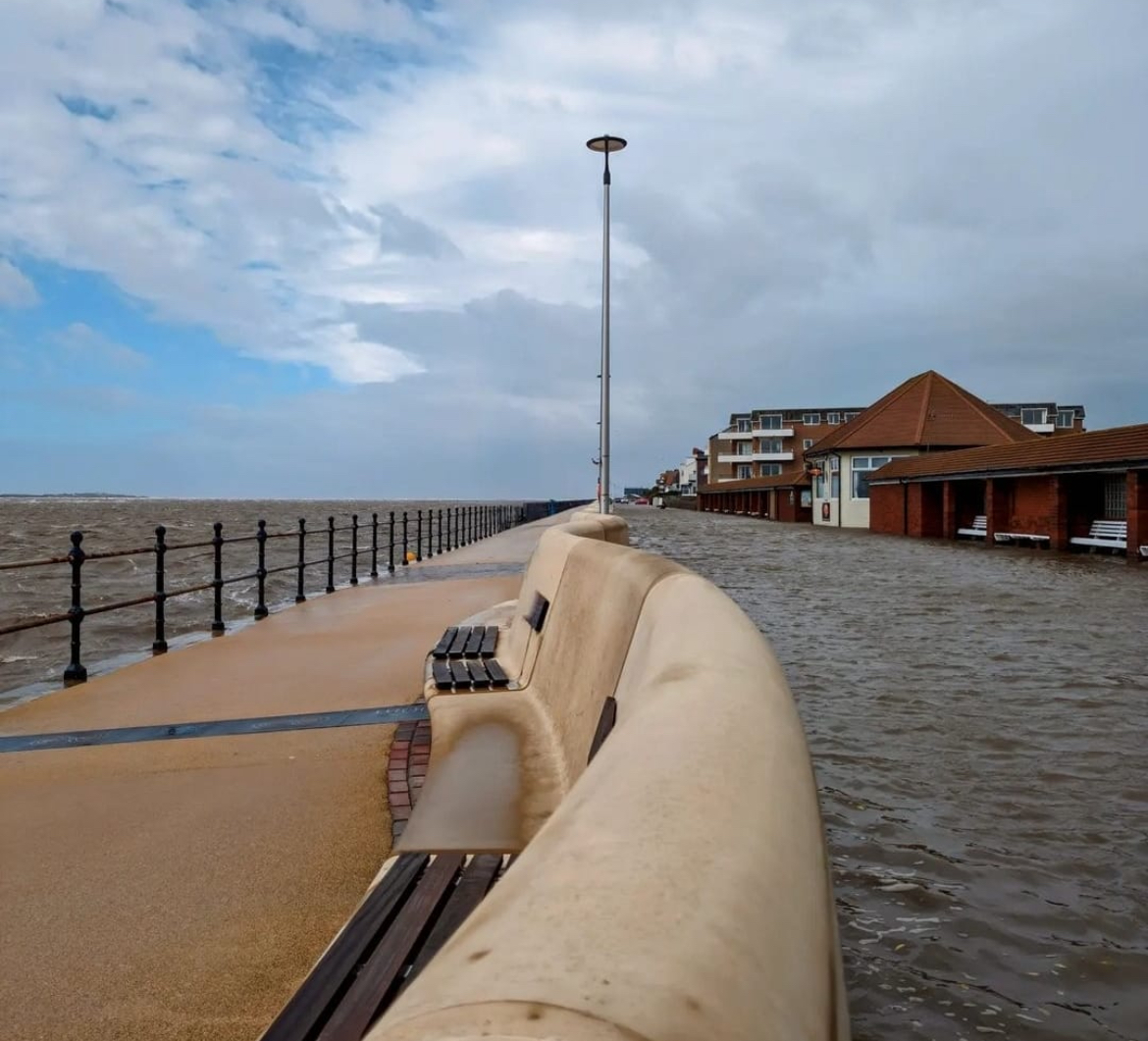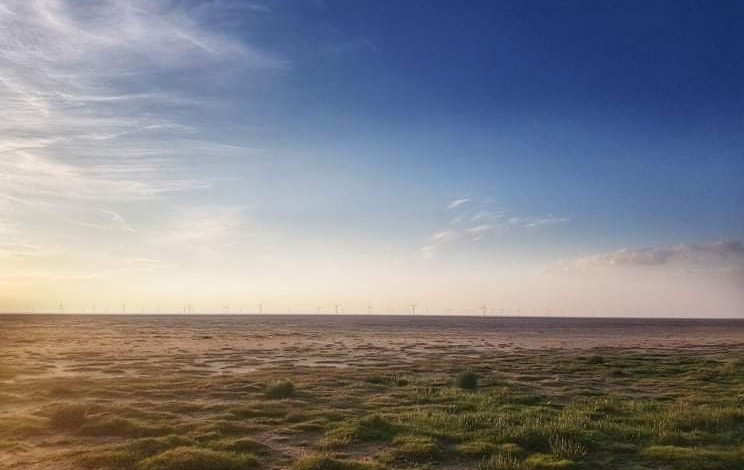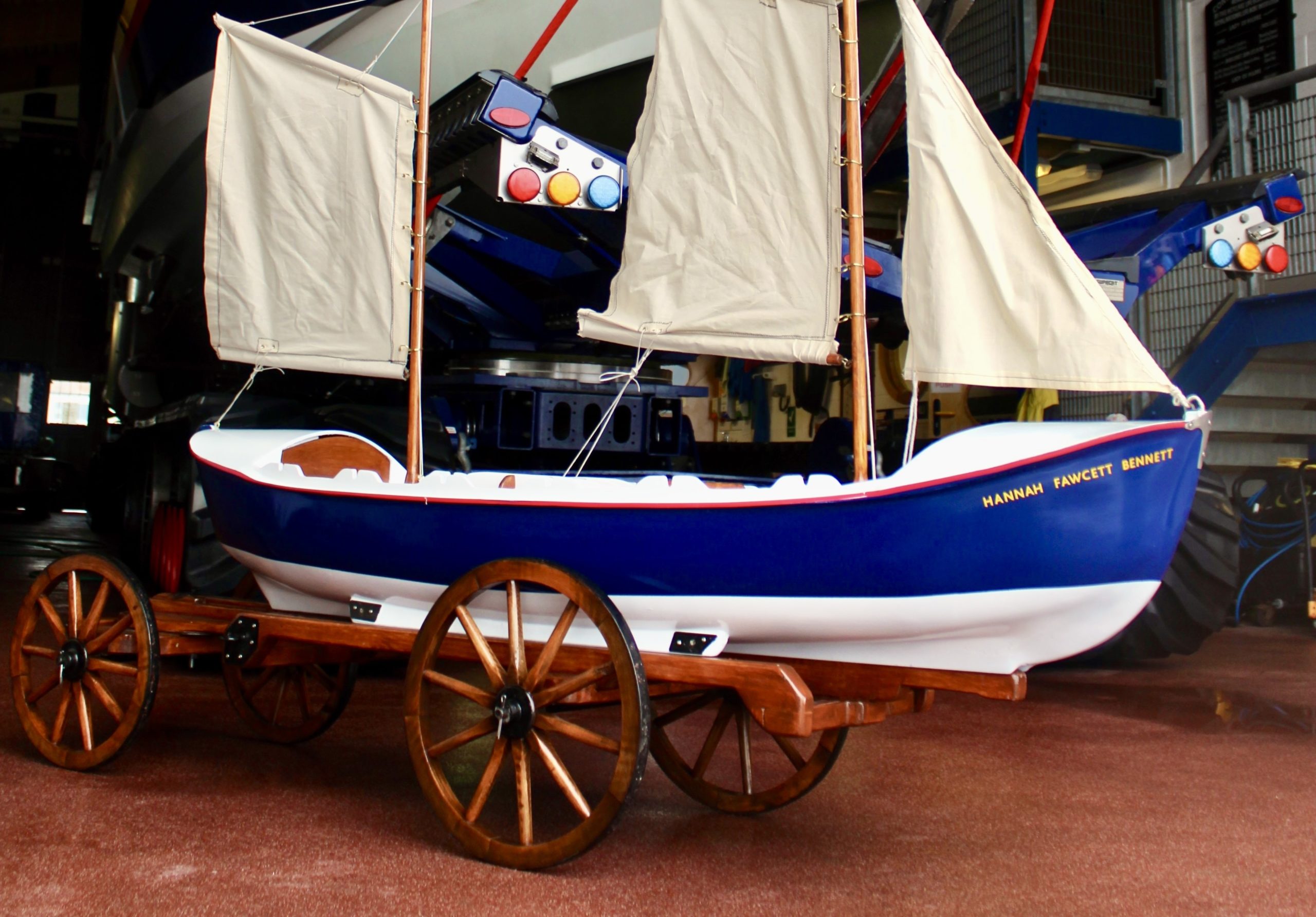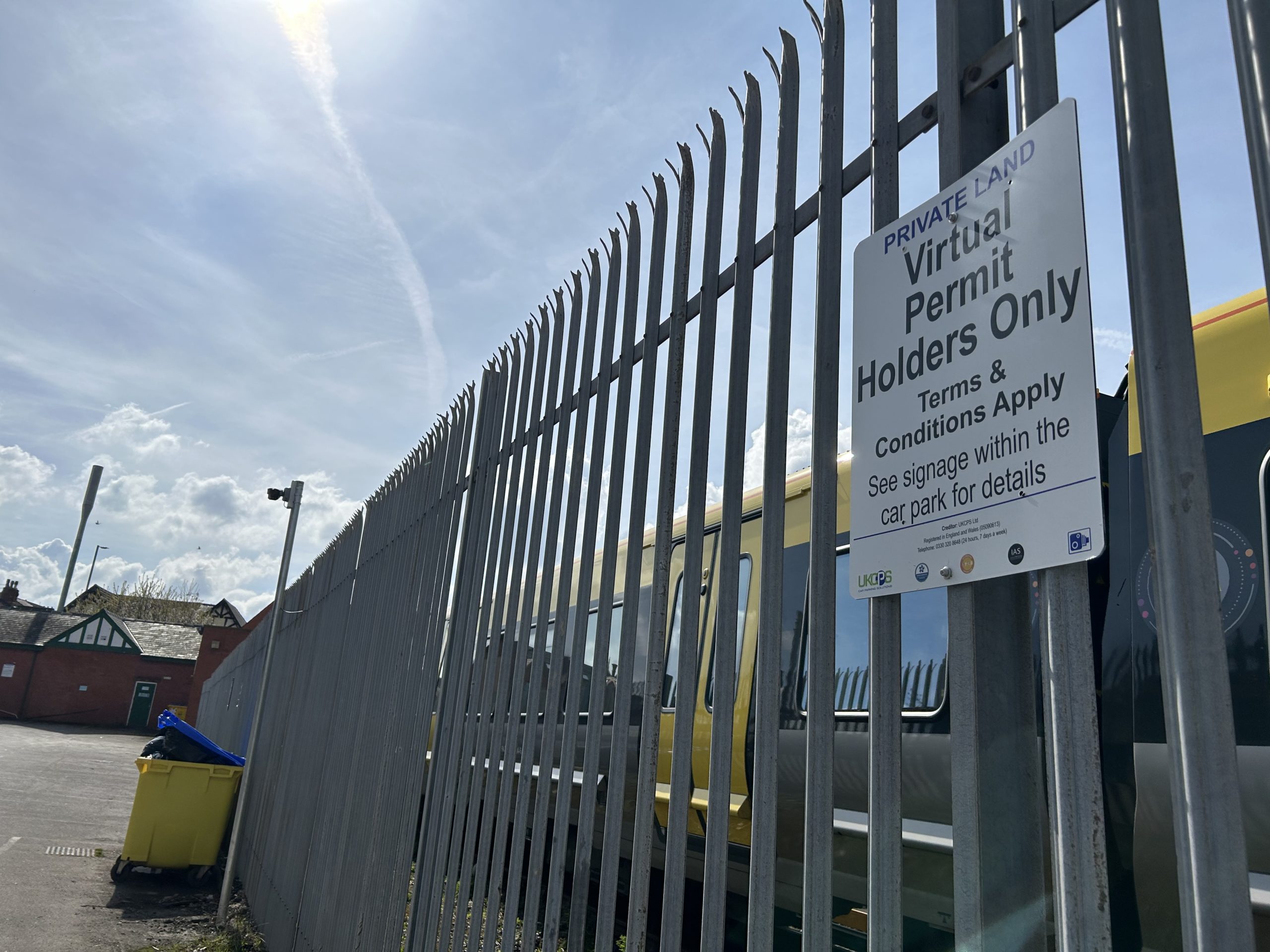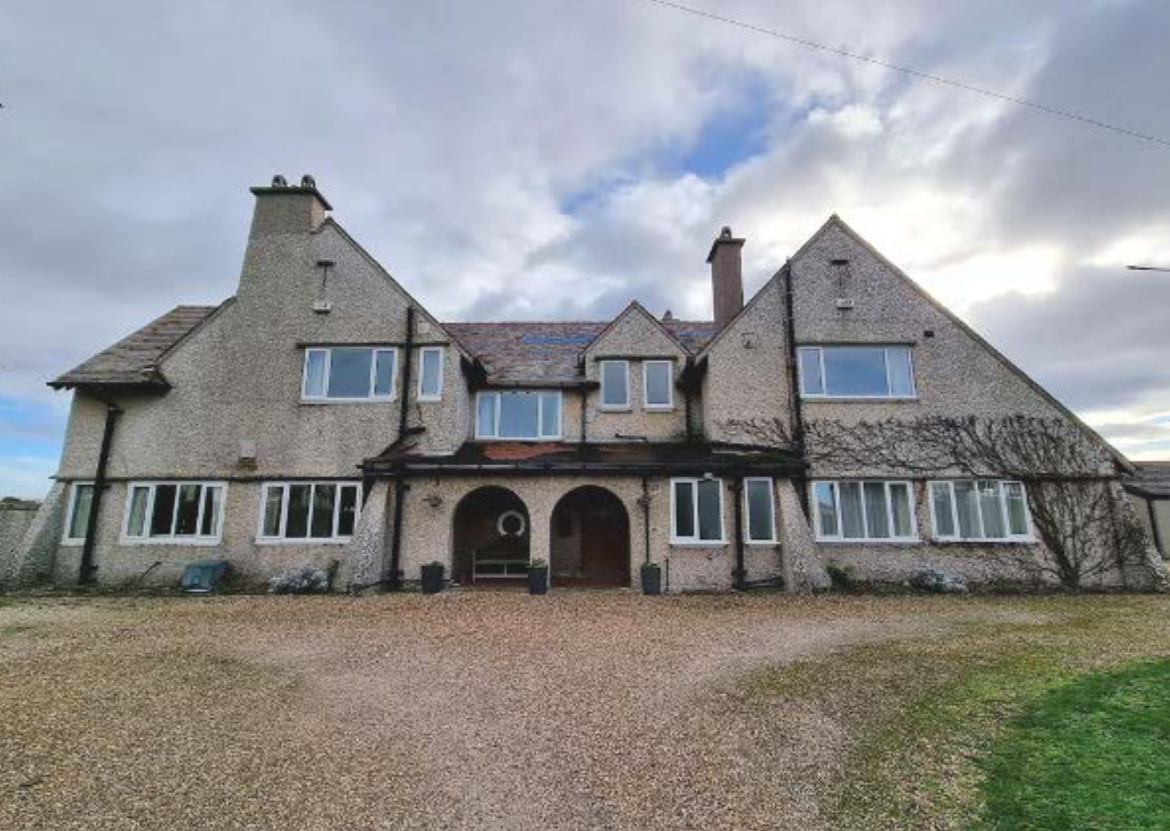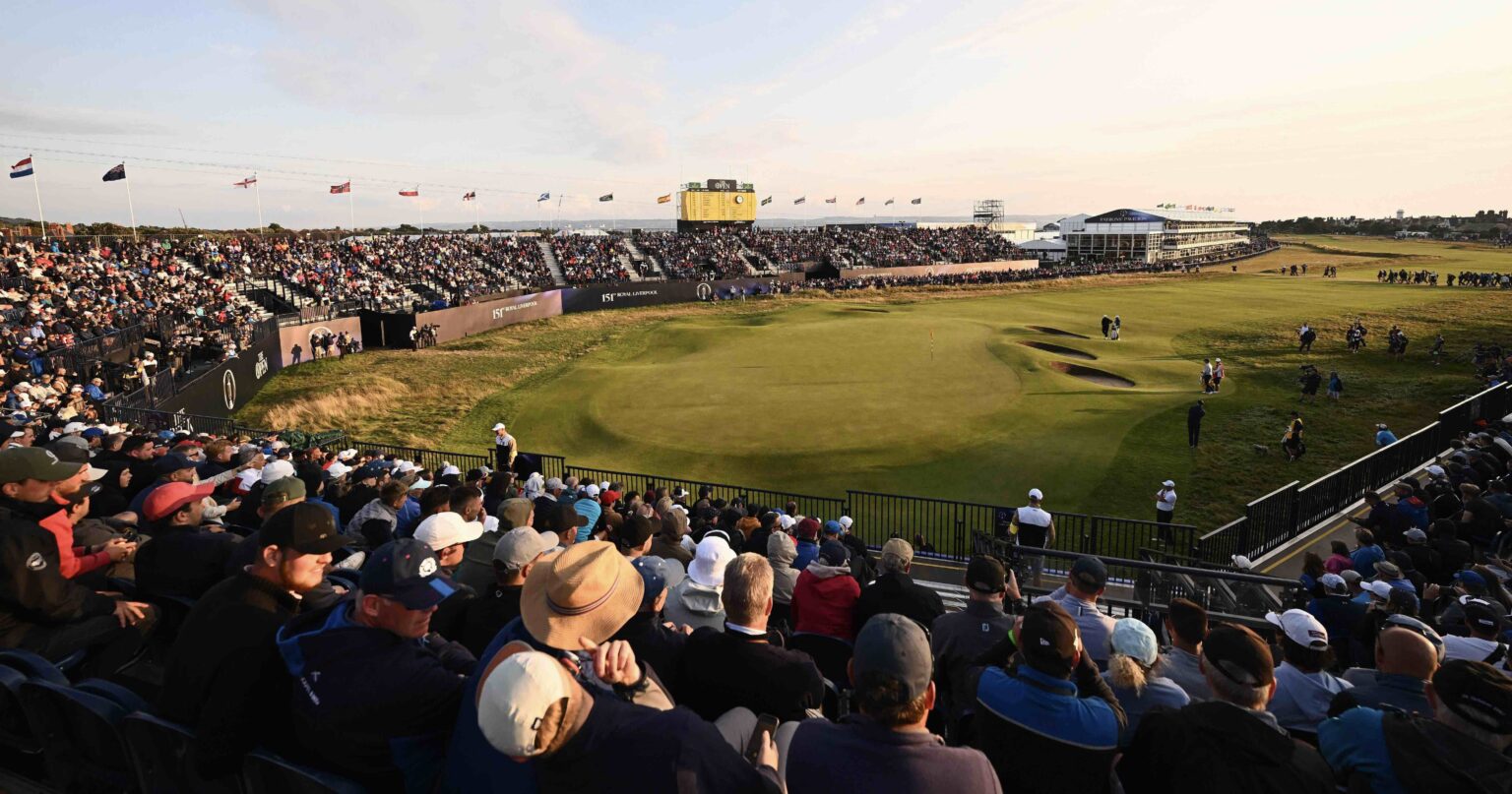In West Kirby & Hoylake there are numerous listed buildings.
Listing means that the structures have been identified as having architectural and historic interest and are protected against demolition and alteration. In other words, listing aims to safeguard aspects of our history and culture.
But do you know which of the buildings we pass on a regular basis are regarded as important? Here are just a selection.
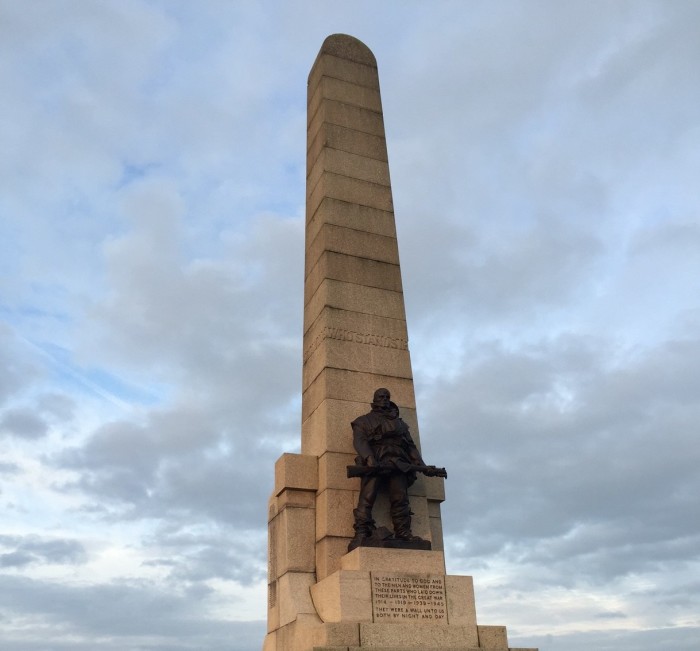
Hoylake and West Kirby War Memorial
Constructed in 1922 and only listed in 2011, the memorial pays its respect for the Commonwealth service personnel killed in World War I and additional engravings were added after the Second World War.
The Cornish granite and natural red sandstone platform with engraved bronze lettering is a Grade II* listed memorial, making it particularly special.
Set upon the granite base and a T-shaped pedestal, stands a larger than life-size bronze figure of a robed woman standing on top of a globe, representing ‘humanity’.
The structure which looks over Liverpool and Wales, was built between 1919 and 1922, by the renowned war memorial sculptor, Charles Sargeant Jagger, costing approximately £7,500.
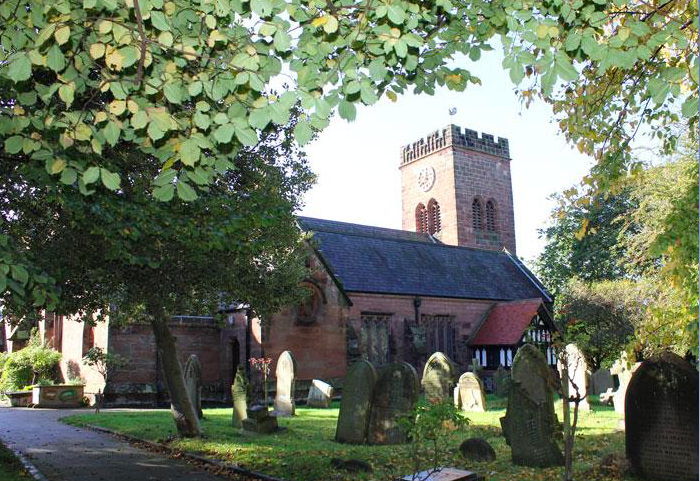
St Bridget’s Church, West Kirby.
The Church of St Bridget is the oldest listing in West Kirby, with the present chancel being constructed in the 14th Century and is home to eleven war graves from both World War I & World War II.
Following the construction of the main church building, the bell tower was erected shortly after in 1493.
However, it was then subject to a major restoration in 1869 by architects, Kelly and Edwards of Chester after it became dilapidated.
The church was listed in 1953.
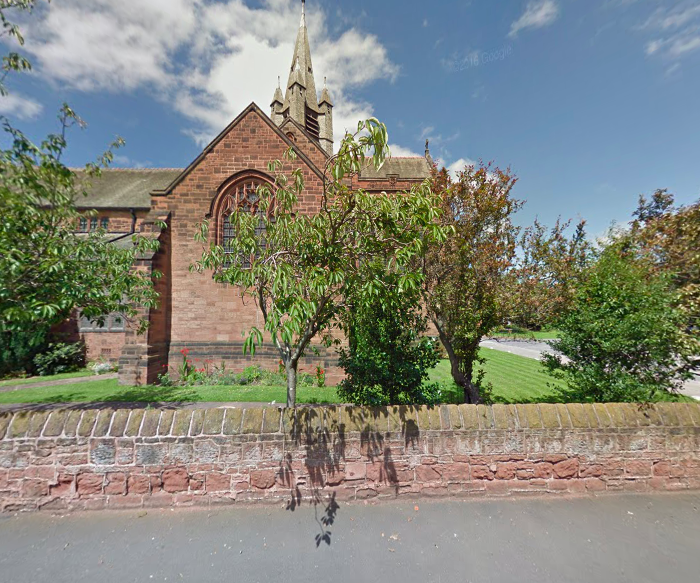
St Andrew’s Church, Graham Road, Hoylake
The sandstone Church was begun in 1889-1891 designed by the Chester architects Douglas and Fordham, who were well-known for their work on the estate of the first Duke of Westminster.
The 1889 building consisted of Nave and Aisles only and was completed in its present form in 1909.
The building is Grade II listed and is regarded as a good example of modern Gothic.
For more information, visit http://www.standrewswestkirby.co.uk/pictures-and-history/history.aspx
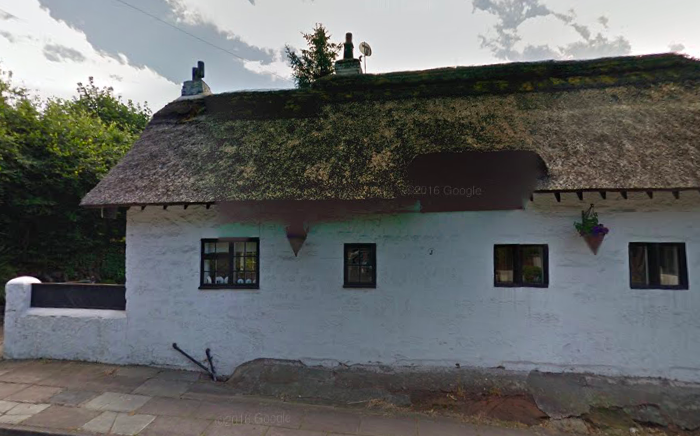
Nook Cottage/The Nook, Village Road.
The Nook is a grade II listed building. It is made up of a series of thatched cottages of painted stone rubble and brick on a bedrock base.
According to the history project, West Kirby 1841, it was once the home of local farmer Thomas Hindley and his family.
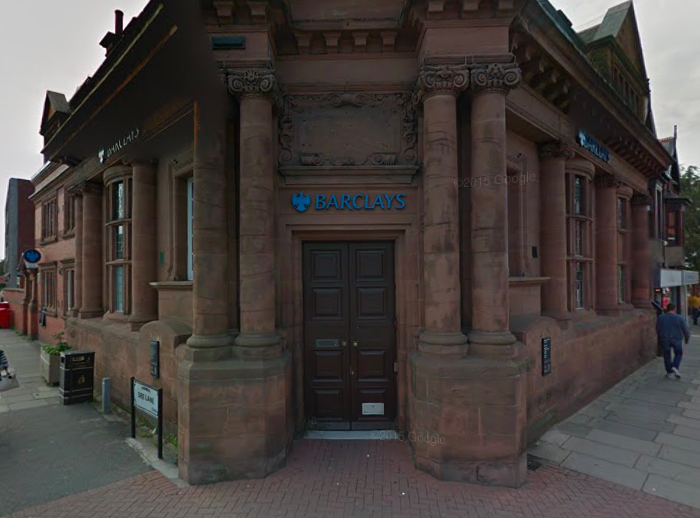
Barclays Bank, Dee Lane, West Kirby
Barclays Bank is a grade II listed building in West Kirby. The sandstone, Baroque style building dates back to the early 20th century.
While there have been alterations made to the interior to accommodate the banking hall, you can still see the coffered ceilings with decorative plaster motifs.
It opened in 1897 as the Bank of Liverpool before becoming Martin’s Bank until its takeover by Barclays in the 1960s.
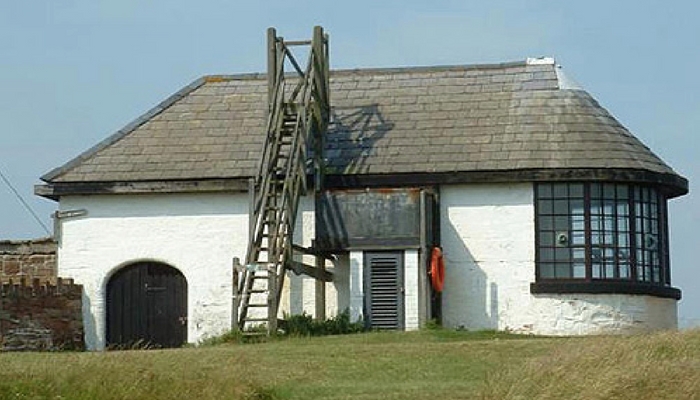
Buoy Master’s House & Telegraph Station, Hilbre Island
The house and store were built around 1836 by Trinity House to service the buoys in Liverpool bay. The buildings have all been vacant since 1989.
The Telegraph Station was built in 1841 for the Liverpool Dock Trustees. It was part of a relay of seven stations from Point Lynus to Liverpool transmitting information on merchant ships sailing to Liverpool.

